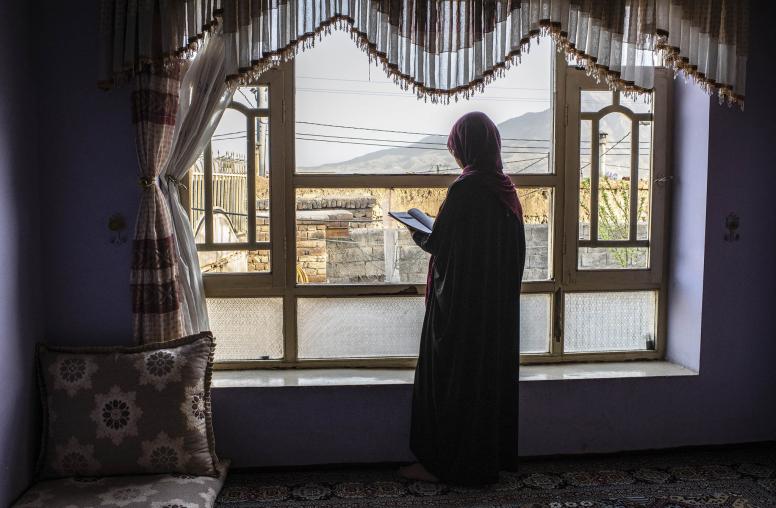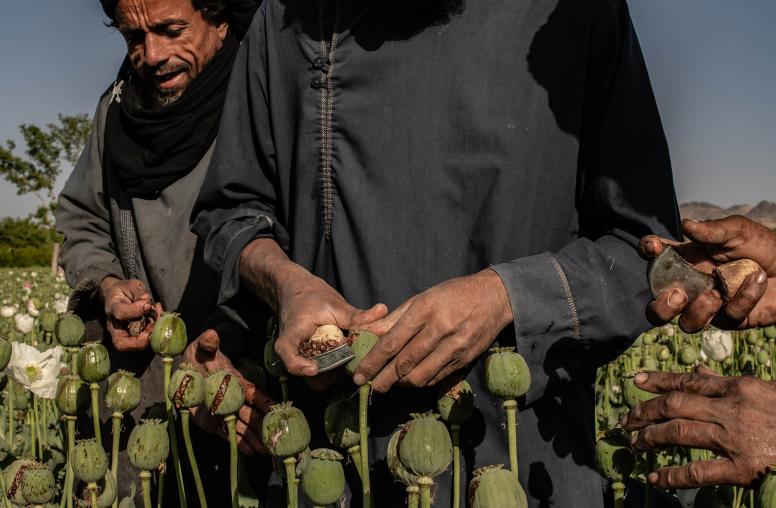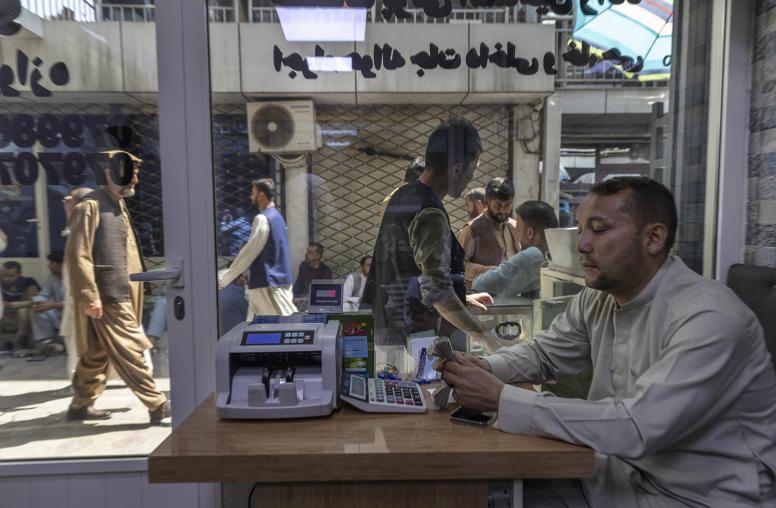Asfandyar Mir on Why ISIS-K Attacked Moscow
ISIS-K’s recent attack on the Russian capital was, in part, intended to assert the organization’s growing capacity to inflict terror beyond its home base of Afghanistan. “By reaching Moscow, ISIS-K is trying to signal it has the geographic reach to hit anywhere in the world,” says USIP’s Asfandyar Mir.
U.S. Institute of Peace experts discuss the latest foreign policy issues from around the world in On Peace, a brief weekly collaboration with SiriusXM's POTUS Channel 124.
Transcript
Laura Coates: Asfandyar Mir is the USIP senior expert for South Asia. There's really been a thought process and a lot of pieces surrounding what happened at that Moscow concert hall attack. Our guest says it will have far reaching impact and he is here today to give us a little more information about that very point. Asfandyar, welcome. How are you?
Asfandyar Mir: Good. Thanks for having me on, Laura.
Laura Coates: Thank you for being here today. Now, there are a lot of questions that people have. One is, what exactly ISIS-K is and what was its intent in Moscow. They, of course, have claimed responsibility for the attack. And I wanted to understand more about this organization, if we can even call it that this group, what is ISIS-K?
Asfandyar Mir: Sure. So, ISIS-K is the Afghanistan based branch of ISIS in the Middle East, which has now been around for roughly 10 years. It first emerged in early 2015. And ever since, it has been active in the region, it has been fighting there. The Taliban, of course, you know, back when the United States had a presence in the region, you know, ISIS-K was attacking the United States. And around the time that the U.S. evacuated from Afghanistan, if you remember, in August 2021, there was a big attack. A terrorist attack during the evacuation, which killed around 13 service members, as well as 200 or so Afghans who were trying to evacuate. And ISIS-K was responsible for that attack as well. So, this is a nasty group. It is doggedly persistent. And now it is attacking countries both in the region. It has struck Iran, it has struck Pakistan, it has attacked in Central Asia. And it has finally managed to reach parts of Europe as well. We heard about some foiled plots, terrorist plots in Europe and more recently, we saw this attack in Moscow.
Laura Coates: Why now? It's not an emergence, but why do you think it is becoming so much more active now?
Asfandyar Mir: Look, it has been active, it's just not been in our news cycle, as much. But the group seems to have this goal of punishing disbelievers and infidels, you know, as per its doctrine. And in line with that it has been actively consistently plotting in the region, outside of Afghanistan, but also aiming for parts of Europe. The U.S. military has been warning that we could see an attack against Western states, U.S. interests, which is code for targets in Europe, in six months, with little to no warning. And this attack is very much in line with that warning.
Laura Coates: When What do you think the intent was in Moscow, specifically, obviously, Putin a very strong force in the region, why there?
Asfandyar Mir: I think multiple motivations were at play for one, ISIS and Russia have, you know, have sort of sparred with each other. Remember Russia backed the regime of Bashar Al Assad in the Syrian Civil War, in which the Assad regime was also fighting ISIS. And the Russians came on the side of Assad in a big way. And ISIS has not forgotten that ISIS-K is angry and upset about that. Another motivation is competition with the Taliban, which now runs the government of Afghanistan. And ISIS-K, wants to show that it is the most audacious terrorist group around, that it sort of holds the mantle of the global jihadi vanguard. And it really seeks to outperform, you know, militants like the Taliban who tend to reserve themselves or limit themselves to the boundaries of Afghanistan or its immediate neighborhood. By reaching Moscow ISIS-K is trying to signal that, that it has the geographic reach to hit anywhere in the world in the way that the Taliban won't.
Laura Coates: Really, really important. Thank you so much for joining us today, Asfandyar Mir, for all of your expertise. Thank you.
Asfandyar Mir: Thanks for having me, Laura.



